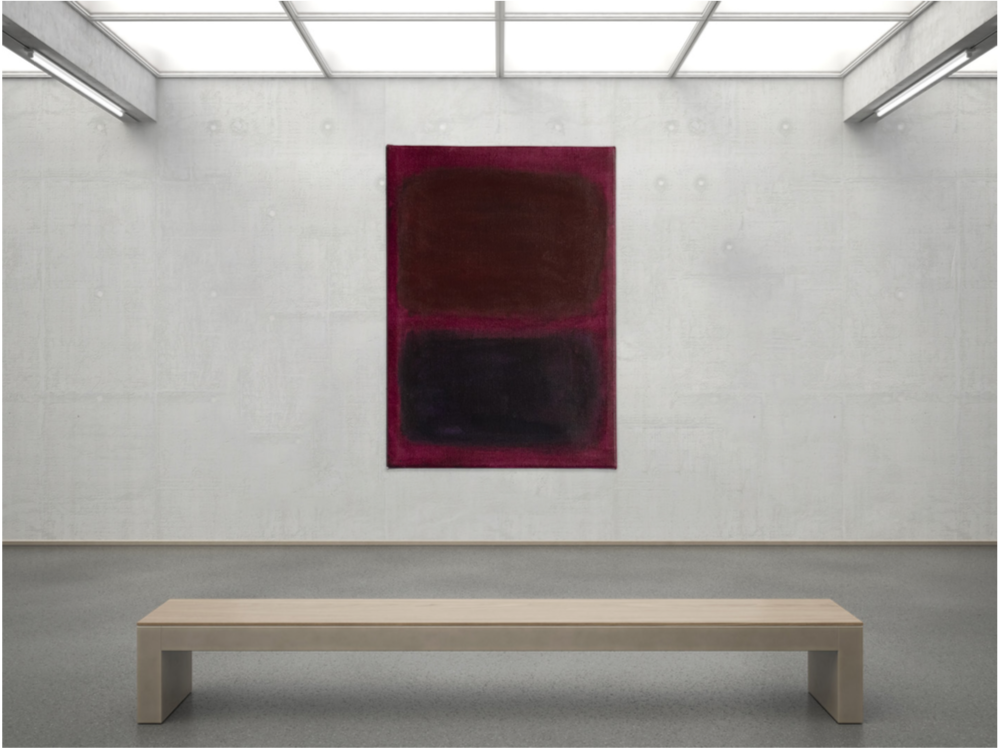
CONTEXT AS CONTENT: DEFYING THE WHITE CUBE INSIDE AND OUTSIDE THE MUSEUM
In the early 20th century, art museums and galleries introduced an exhibition style that remains popular today. This “white cube” display style entails four white walls and even hanging of the works, mediates the behavior of viewers by directing their gaze, evokes a passive viewing experience, and renders the individual works of art interchangeable. Beginning in the 1950s, art historians, critics, and artists began to question this exhibition mode and the limitations it imposes on audiences’ viewing experiences. Case studies, including Marcel Duchamp’s Étant Donnés(1946-66) in the Philadelphia Museum of Art, Mark Rothko’s Chapel Installation (1964-1971) in Houston, Texas, Adrian Piper’s The Humming Room (2012) in New York’s Museum of Modern Art, Tino Sehgal’s This Progress (2010) at the Guggenheim Museum, and Artie Vierkant’s Image Object App (2018) at Perrotin, exemplify artists’ disruptions of the white cube paradigm both inside and outside of the museum setting. In these non-white cube spaces the viewer is better able to understand the artistic intentions and emotional impact of the artwork. This paper tracks the progression of artists’ subversions of the white cube from the 1960s through the present, highlighting a growing distrust in the white cube as the ideal display method. Viewers have become disinterested in passive spectatorship and works that are void of contextual markers. In contrast, museum visitors are drawn to displays of relational works connected to specific moments and active viewing experiences.

 Visual Studies
Visual Studies